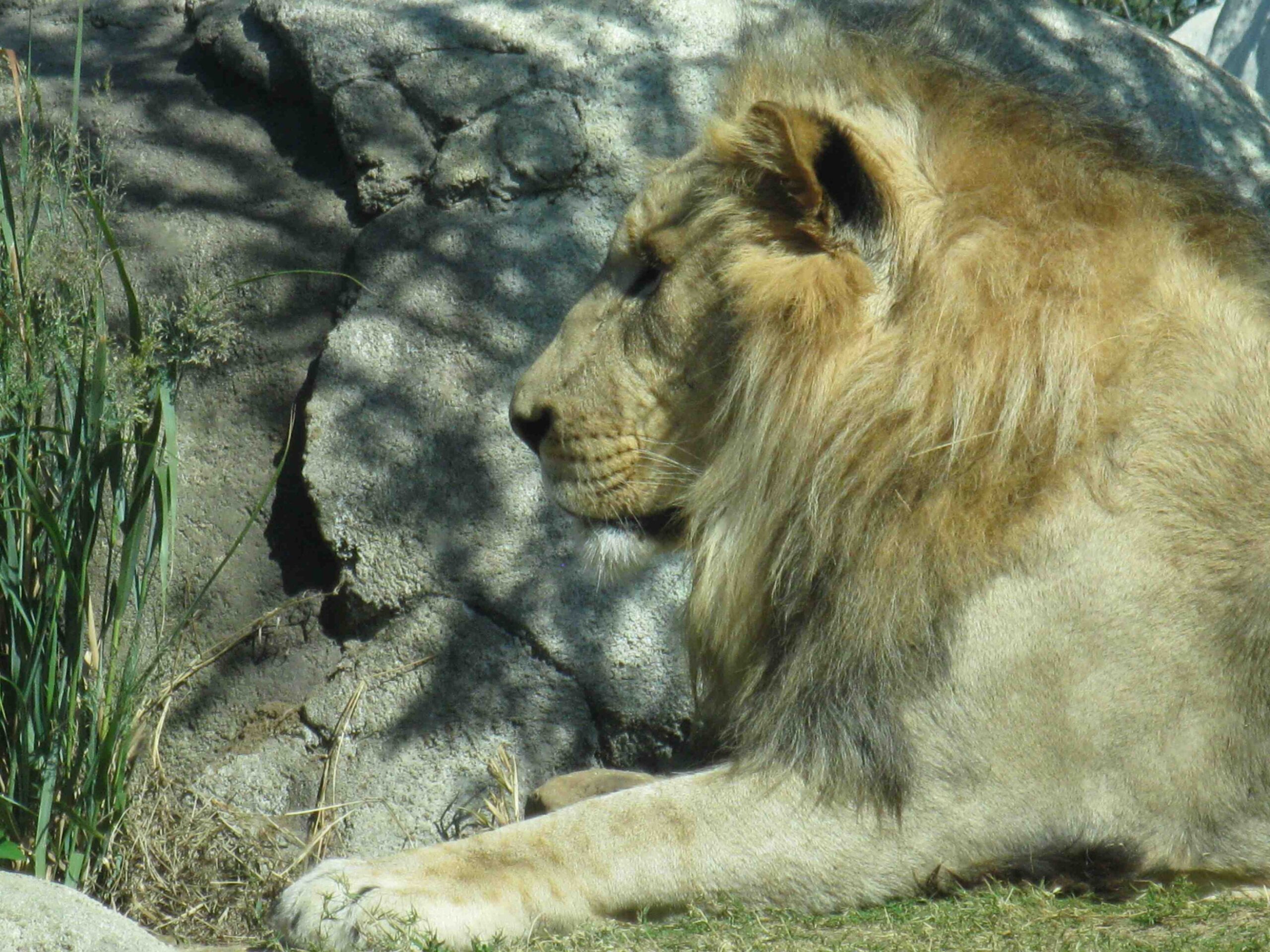The Dallas Zoo layout spans 106 acres, divided into two main regions: ZooNorth and the Wilds of Africa. Located 3 miles south of downtown Dallas in Marsalis Park, the zoo offers a diverse range of exhibits and animal habitats. The layout is designed to provide visitors with an immersive experience, featuring key attractions like the Giants of the Savanna, Chimpanzee Forest, and Gorilla Research Center. Navigation is made easier through a free iPhone app, which includes maps and information about exhibits, amenities, and events.
What Are the Main Regions of the Dallas Zoo?

The Dallas Zoo is divided into two primary regions:
- ZooNorth: This is the original and oldest section of the zoo, housing a variety of animals including:
- Primates
- Big cats
-
Reptiles
-
Wilds of Africa: This newer region includes:
- Giants of the Savanna exhibit
- African-themed habitats
- Naturalistic environments for various species
These two regions are connected by a tunnel beneath Clarendon Drive, allowing visitors to move seamlessly between them.
How Is the Zoo’s Layout Organized?

The Dallas Zoo layout is organized thematically, with exhibits grouped based on geographical regions and animal types. Here’s a breakdown of the organization:
ZooNorth
| Exhibit Type | Animals Featured |
|---|---|
| Primate Habitats | Monkeys, Lemurs |
| Big Cat Enclosures | Tigers, Lions |
| Reptile Houses | Snakes, Lizards |
| Bird Aviaries | Various Exotic Birds |
Wilds of Africa
| Exhibit | Key Features |
|---|---|
| Giants of the Savanna | Elephants, Giraffes, Lions |
| Chimpanzee Forest | Naturalistic habitat with waterfall and stream |
| Gorilla Research Center | 2-acre equatorial forest replica |
What Are the Key Landmarks in the Dallas Zoo Layout?
Several notable landmarks and features define the Dallas Zoo layout:
- Giants of the Savanna: Opened in 2010, this exhibit is a centerpiece of the Wilds of Africa region.
- Chimpanzee Forest: Features a 19,000 square foot habitat with climbing structures.
- Gorilla Research Center: Spans about 2 acres, designed to mimic the gorillas’ native habitat.
- Clarendon Drive Tunnel: Connects ZooNorth and the Wilds of Africa, providing easy access between regions.
How Can Visitors Navigate the Dallas Zoo?
Navigating the Dallas Zoo is made easier through several tools and features:
- Dallas Zoo iPhone App:
- Free to download
- Available in English and Spanish
- Includes maps, exhibit information, and event schedules
-
Helps plan optimal viewing routes
-
Signage and Information Kiosks:
- Located throughout the zoo
-
Provide directions and exhibit information
-
Guided Tours:
- Available for booking (check the zoo’s website for schedules)
- Offer insights into animal habitats and zoo history
What Accessibility Features Does the Dallas Zoo Offer?
The Dallas Zoo strives to be accessible to all visitors. While specific details are not provided in the available sources, general accessibility features include:
- Paved paths throughout the zoo
- Facilities designed to accommodate visitors with disabilities
- Wheelchair rentals (subject to availability)
It’s recommended to contact the zoo directly for detailed accessibility information or specific accommodations.
How Is Parking Managed at the Dallas Zoo?
While exact parking specifications are not detailed in the provided sources, visitors should note:
- The zoo has dedicated parking facilities
- Parking information can be found through the zoo’s app or website
- It’s advisable to arrive early, especially on weekends or holidays, to secure parking
What Are the Best Times to Visit Different Exhibits?
To make the most of your visit to the Dallas Zoo, consider the following tips:
- Morning Hours:
- Many animals are more active in the cooler morning hours
-
Ideal for viewing the Giants of the Savanna exhibit
-
Feeding Times:
- Check the zoo’s schedule for animal feeding times
-
These often provide the best viewing opportunities
-
Seasonal Considerations:
- Spring and fall offer milder temperatures for a more comfortable visit
- Summer visits are best planned for early morning or late afternoon
Are There Any Seasonal or Temporary Installations?
While specific information on seasonal or temporary installations is not provided in the sources, the Dallas Zoo often hosts:
- Special events
- Educational programs
- Holiday-themed exhibits
Visitors should check the zoo’s website or app for current information on any temporary or seasonal attractions.
How Does the Zoo Layout Accommodate Special Events?
The Dallas Zoo’s layout is designed to accommodate various special events and programs:
- Event Spaces: Dedicated areas for hosting educational programs and special events
- Flexible Exhibit Areas: Some spaces can be modified for temporary installations or seasonal displays
- Visitor Flow Management: The layout allows for easy navigation during busy events
It’s recommended to check the zoo’s event calendar when planning your visit, as special events can impact visitor flow and exhibit accessibility.
By understanding the Dallas Zoo layout, visitors can plan an efficient and enjoyable trip through this expansive wildlife wonderland. Whether you’re interested in African savannas or tropical forests, the zoo’s thoughtful design ensures a memorable experience for all.

